Easthampton creating roadmap to close digital divide
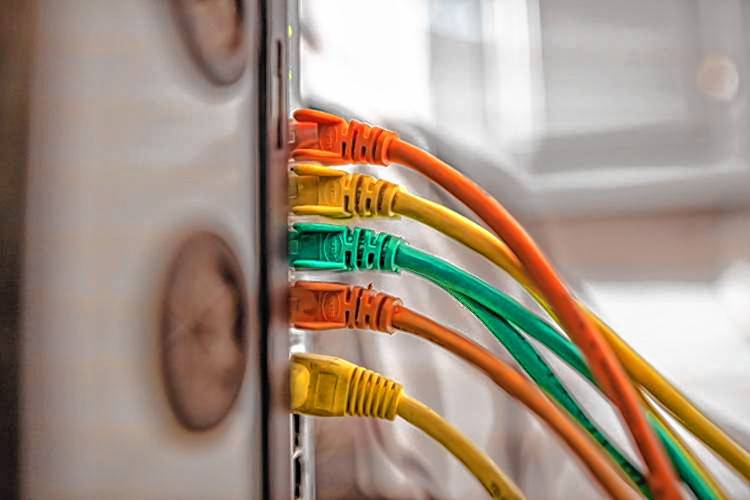
| Published: 11-08-2023 1:14 PM |
EASTHAMPTON — In a step toward addressing the digital divide — or the gap between those with affordable access to online resources and those without — the city is entering a six-month process to create a Digital Equity Plan.
“In today’s world, we need the internet to address many of our daily needs,” City Council President Homar Gomez said at a recent public forum for the plan.
“You hear everyone refer to the concept of ensuring that all individuals and communities have fair and equal access to digital technology including the internet, computers and mobile phones, as well as skills and knowledge to ethically use them,” Gomez said, adding that digital technology has infiltrated every aspect of life, including shopping, managing finances, seeking health care and conducting business.
With state funding from the Massachusetts Broadband Institute under the Municipal Digital Equity Planning Program, the city is working with Springfield consultant Vanasse Hangen Brustlin (VHB) to draft and complete a plan that suits the city’s needs.
“The digital divide, which has been a term that’s been discussed for decades, it’s really become more and more of an urgent problem,” Luke Mitchell, project manager at VHB said, and added that the problem was underscored when COVID-19 forced school and work online.
“Because of that, state agencies and federal agencies are really rallying around the topic like they haven’t done for awhile,” Mitchell said.
The plan will achieve two main goals: It will guide the city in its investments and decision-making around services and infrastructure to increase access and usage of the internet in the community; and it will prepare the city to apply for state and federal funding, existing and upcoming.
“Our charge is to help the city of Easthampton to understand what the major challenges are relating to digital equity and articulate a roadmap by which you can begin to address those challenges,” Mitchell said.
Article continues after...
Yesterday's Most Read Articles
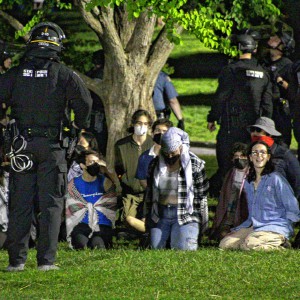 More than 130 arrested at pro-Palestinian protest at UMass
More than 130 arrested at pro-Palestinian protest at UMass
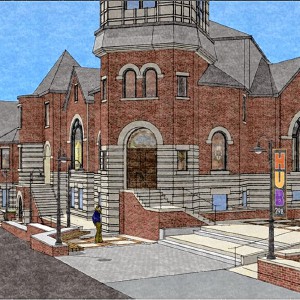 Public gets a look at progress on Northampton Resilience Hub
Public gets a look at progress on Northampton Resilience Hub
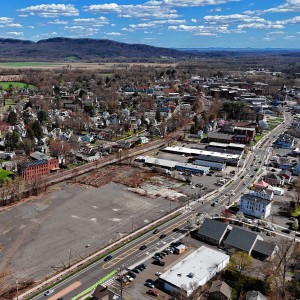 Northampton bans auto dealerships near downtown; zone change won’t affect Volvo operation on King Street
Northampton bans auto dealerships near downtown; zone change won’t affect Volvo operation on King Street
 UMass basketball: Bryant forward Daniel Rivera to be Minutemen’s first transfer of the offseason
UMass basketball: Bryant forward Daniel Rivera to be Minutemen’s first transfer of the offseason
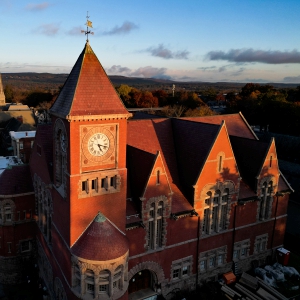 Town manager’s plan shorts Amherst Regional Schools’ budget
Town manager’s plan shorts Amherst Regional Schools’ budget
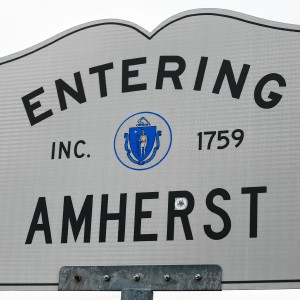 Police respond to alcohol-fueled incidents in Amherst
Police respond to alcohol-fueled incidents in Amherst
That roadmap will address three main categories: broadband, devices and digital skills.
When it comes to broadband, the plan will address affordability, reliability and digital redlining, which has to do with perpetuating inequities that exist in marginalized communities through the use of digital technologies.
While all Easthampton residents have access to broadband, VHB Deputy Project Manager Jennifer Nelson shared census data showing that 15.5% of residents in one census tract, or geographic area in the city, are without an internet subscription, whereas in the other two census tracts, only 5% of households are without an internet subscription.
“We get to focus on looking at… which districts in town are underserved or unserved, and how does that relate to the location of marginalized communities?” said Mitchell.
The plan will also address the affordability, access, and how up to date devices are, as well as digital skills and training of users in the city.
“There are a lot of segments of the population who lack digital literacy skills, and this is becoming more and more of a problem as we do more and more stuff online,” said Mitchell.
Nelson identified several key public resources in the city, including the public library, public schools and Easthampton Media, and suggested that some areas for improvement include staffing and updated devices.
Mark Lannigan, a regional assistant to Sen. Ed Markey’s office, also noted several “exciting opportunities” on a federal level at the meeting. Those include $523 million brought to Massachusetts for broadband access and digital equity, $121 million put toward the Affordable Connectivity Program, and $97 million to the Emergency Connectivity Fund.
“It is incredibly important now, especially modern day where broadband access is as important as electricity and water and gas,” said Lannigan.
Next steps for the Digital Equity Plan include preparation of a draft, goals and objectives; holding another public meeting; and creating a final plan.
Maddie Fabian can be reached at mfabian@gazettenet.com.

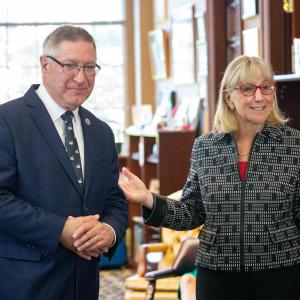 State Senate budget funds free community college for all
State Senate budget funds free community college for all ‘We can just be who we are’: Thousands show support for LGBTQ community at Hampshire Pride
‘We can just be who we are’: Thousands show support for LGBTQ community at Hampshire Pride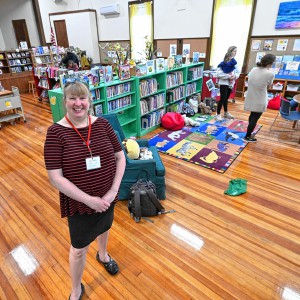 Doors open at Tilton Library’s temporary home at South Deerfield Congregational Church
Doors open at Tilton Library’s temporary home at South Deerfield Congregational Church Area property deed transfers, May 2
Area property deed transfers, May 2
